|
|
|||
|
Privacy Policy | Editorial Policy | Profit Policy | Join the Association | List of Members | Contact us | Index | Links |
|||
|
Back Go to page: 1 2 3 4 5 6 7 8 9 10 11 12 13 14 15 16 17 18 19 20 Forward |
|||
|
Allan George’s Gems.
|
|||
|
|
|||
|
The North American X-15
In October 1967, it flew at nearly Mach 7, seven times the speed of sound and twice the speed of a rifle bullet. The speed record it set back then still stands today and it flew so high its pilots earned Air Force astronaut wings, 280,500 feet or 53.1 miles above the earth.
It pioneered technologies that were used on the SR-71 Blackbird, the space shuttle and the reusable spacecraft in Richard Branson’s future Virgin Galactic passenger space program. And it killed test pilots in an era before redundant flight control systems and modern safety protocols for hypersonic flight.
|
|||
|
|
|||
|
Air Force test pilot William J. “Pete” Knight with the X-15 aircraft, number 56-6671. This photo was before Knight’s speed record flight when the X-15 received a white, heat-resistant coating.
It was the North American X-15.
October 2014 is the 47th anniversary of the fastest ever manned, powered flight when it was piloted by William "Pete" Knight of the U.S. Air Force at a speed of 4,520 miles per hour (7,274 km/h). The skin temperature at that speed was about 1,3500C.
The X-15 could be the most ambitious and successful flight test program in aviation history. Apollo astronauts flew it. It challenged the paradigms of aerospace design well beyond the limits of any prior program, including Chuck Yeager’s sound barrier busting Bell X-1. The X-15 program sits alongside the Wright Flyer as an aviation milestone. So much progress was made so quickly in the face of such great risk with such rudimentary technology that no other development program, with the exception of the Apollo missions, has come close.
|
|||
|
|
|||
|
The record setting X-15A-2, aircraft number 56-6671, with its unusual white heat resistant ablative coating and giant anhydrous ammonia tanks under its fuselage.
Like many X-series aircraft, the X-15 was designed to be carried aloft and drop launched from under the wing of a NASA B-52 mother ship. Release took place at an altitude of about 45,000ft and a speed of about 500 miles per hour (805 km/h). The X-15 fuselage was long and cylindrical, with rear fairings that flattened its appearance and thick, dorsal and ventral wedge-fin stabilizers. Parts of the fuselage were heat-resistant nickel alloy. The retractable landing gear comprised a nose-wheel carriage and two rear skids. The skids did not extend beyond the ventral fin, which required the pilot to jettison the lower fin (fitted with a parachute) just before landing.
Because it had to be controlled in an environment where there was too little air for aerodynamic surfaces, it had a reaction control system (RCS) that used rocket thrusters. There were two different X-15 pilot control setups, one used three joysticks and a later mod used only one. It had an ejection seat that allowed ejection at speeds up to Mach 4 and/or 120,000 feet (37 km) altitude, although it was never used during the program. In the event of ejection, the seat had deployable fins which were used until it reached a safer speed/altitude, where it could deploy its main parachute. Pilots wore a pressure suit which could be pressurized with nitrogen gas. Above 35,000 feet, the cockpit was pressurized to 3.5 psi (0.24 atm) with nitrogen gas, and oxygen for breathing was fed separately to the pilot.
Early flights used two engines but in later flights these two engines were replaced with a single rocket engine generating 57,000 pounds-force of thrust. This engine used anhydrous ammonia and liquid oxygen as propellant and could burn 15,000 pounds (6,804 kg) of fuel in 80 seconds. (How’s that for a fuel pump!!).
|
|||
|
|
|||
|
The X-15, slung beneath the B-52 – enroute to another record breaking flight.
When released, it would accelerate from 500 MPH to nearly 5,000 MPH, (six times the speed of sound) in only 75 seconds. On the downside it would decelerate so violently that a rearward-facing crash pad was installed in the canopy, in front of the pilot, so his helmet could slam into something soft as the friction of the atmosphere slowed the plane after its explosive fuel burned out.
Three X-15s were built, the first flight was on the 8th June 1959, these three aircraft flew 199 test flights and were finally retired on the 24th October 1968.
|
|||
|
On average, an Australian/New Zealand man will have sex two to three times a week, whereas a Japanese man will have sex only one or two times a year. This is upsetting news to me, as I had no idea I was Japanese!
|
|||
|
A Brilliant Mistake – the YB-40 Gunship. "The Flying Destroyer". June 1943 – July 1943.
The Boeing YB-40 Flying Fortress was a modification for operational testing purposes of the B-17 Flying Fortress bomber aircraft, converted to act as a heavily-armed "gunship" to cover other bombers during World War II. At the time of its development, long-range fighter aircraft such as the North American P-51 Mustang were just entering quantity production and thus were not available to accompany bombers all the way from England to Germany and back.
|
|||
|
|
|||
|
Work on the prototype began in September, 1942. The aircraft differed from the standard B-17 in that a second manned dorsal turret was installed in the former radio compartment, just behind the bomb bay and forward of the ventral ball turret's location. The single .50-calibre light-barrel Browning machine gun at each waist station was replaced by two of them mounted side-by-side as a twin-mount emplacement, much like the tail gun setup in general appearance. The bombardier's equipment was also replaced with two .50-calibre machine guns in a remotely operated Bendix designed "chin" turret, directly beneath the bombardier's location in the extreme nose. This gave a total of 16 guns and the bomb bay was converted to an ammunition magazine. Additional armour plating was installed to protect crew positions.
The aircraft's gross weight was some 4,000lb greater than a fully armed B-17. This meant it took the modified aircraft 48 minutes to reach 20,000ft whereas a fully loaded standard B-17 could be there in only 25 minutes. Part of the decreased performance was due to the weight increase and part was due to the greater aerodynamic drag of the extra gun stations.
It first flew on the 10th November 1942 and 20 were ordered. They were rushed into service in May 1943.
|
|||
|
|
|||
|
These aircraft were to fly on the wings of the regular formations and provide extra fire power. They carried a crew of nine, without a bombardier, and were crammed with triple supplies of ammunition, 11,275 rounds compared to 3,900 rounds carried on a standard B-17F.
|
|||
|
|
|||
|
They retained full bombing capabilities although this was seldom used, due to the extreme weight of the extra ammunition load. Their career came to a quick end when it was discovered that the heavier YB-40s could not keep pace with the main bomber stream they were intended to protect and since no sane person wanted to be a straggler they were more a burden than a help. It was also discovered that although this aircraft provided massive firepower, they did not add materially to the combined firepower of a Group formation. By Aug, 1943 all the YB-40s were withdrawn from combat and the YB-40 Program was discontinued.
|
|||
|
My many decades of observation, have led me to believe that the secret of happiness is to make others believe they are the cause of it.
|
|||
|
How about THIS??
Solar Power.
Australian solar power scientists may be one step closer to making an inexpensive and efficient way to print solar cells onto plastic. The CSIRO’s Dr Fiona Scholes says the technology is not too far off being commercially available.
"We print them [solar cells] onto plastic in more or less the same way we print our plastic banknotes," she said. "It's very cheap. The way in which it looks and works is quite different to conventional silicon rooftop solar."
The plastic solar panels could be used as laptop, iPhone or iPad covers which not only protect these items, but could effectively power them as well. The team uses modified commercial printers which take solar ink that is then printed onto thin plastic sheets. These sheets could have a wide range of applications, with any surface having the potential to be turned into a solar panel. These printed solar cells can also be semi-transparent and used as window tinting, ideal for houses, skyscrapers and even cars or public transport. |
|||
|
|
|||
|
Connecting the solar panels is as easy as connecting a battery, making this technology accessible to the masses. The team is now working on a solar spray coating that could be used to paint houses or cover any surface.
"We would like to improve the efficiency of solar panels – we need to develop solar inks to generate more energy from sunlight," Dr Scholes said. "We are confident we can push the technology further in the years to come."
See the video HERE.
|
|||
|
The women's lib speaker was addressing a large group and asked, "Where would man be today if it were not for woman?" She paused a moment and looked around the room. From the back of the hall came a male voice, "He'd be in the Garden of Eden eating strawberries."
|
|||
|
SS GERALD R. FORD:
The United States is building its next generation of aircraft carrier, the FORD-class carriers.
|
|||
|
|
|||
|
The numbers behind the USS Gerald R. Ford are impressive; about US$14 billion in total cost, 100,000 tonnes, about 25 stories high, 1,106 feet long and 250 feet wide. But the sheer enormity of the ship and construction operation is only evident when you’re face-to-metal with this massive military beast.
Ships this big have to be built in big dry docks, this one is 2,200 feet long and 250 feet wide. It is being built at Newport News, Virginia
This bow alone is more than three stories tall and weighs 52 tonnes and the anchor chain is made up of links weighing 165 kg each and unlike the anchors that immobilize other ships, in the Ford’s case, it is the weight of the chain itself that tethers the ship.
|
|||
|
|
|||
|
The Ford will handle up to 220 take-offs and landings from its deck every day. Part of that quick turnaround is because when aircraft like the new F-35 return for maintenance, the plane's network will already have alerted ground crews to what's needed so they can get the aircraft on its way faster than ever before.
It
will be the US Navy’s largest, most lethal ship when it joins the fleet
in 2016 and will be
Electromagnetic catapults (EMALS) will launch aircraft, eliminating the need to store and heat water for steam catapults. It will accomplish 25% more aircraft launches per day than the Nimitz-class and requires 25% fewer crew members. She will carry unmanned aircraft, joint strike fighters, and newly developed laser weapons. The US Navy estimates it will save $4 billion in operating costs over its planned 50 year lifespan.
However things aren’t going as well as planned – there have been problems. In January 2014, a report said that critical ship systems including the EMALS, Advanced Arresting Gear (AAG), Dual Band Radar and weapons elevators were not reliable enough and needed more testing and improvements. EMALS testing recorded 201 launch failures out of 1,967 launches (10.2% failure), equalling a reliability rate of 240 mean cycles (launching of one aircraft) between critical failures.
|
|||
|
|
|||
|
Testing of
the AAG recorded 9 arresting failures out of 71 attempts (12.7%
failure), equalling a reliability rate of 20 mean cycles (recovery of
one aircraft) between operational mission failure, a failure rate 248
times higher than should be expected. Those systems
They are using "Big Blue" the largest crane in the Western Hemisphere to assemble all the components of the ship. Big Blue, which towers nearly 75 metres above the shipyard, can lift nearly 1,100 tonnes and is essential for assembling the new class of ship.
When you first see the ship in the dry-dock, it looks like it is being built from second-hand steel. Not so. This is done to save on repainting over welds and stresses caused during construction, painting is only done after the ship is complete. Raw steel exposed to salt air causes the rust, but the various other colours denote the thickness of the plates and the paint applied to the Ford actually isn't paint, but a "high solids coating" that lasts longer and doesn't break down as quickly.
|
|||
|
|
|||
|
The Ford will be equipped to remain at sea without replenishment for months at a time. The power generated by its nuclear power-plant will be about 3 times that generated by the Nimitz-class carriers and a piece of info that fits into the weird class, for the first time the US Navy will have no urinals on its carrier and the Navy is requesting larger pipes for the Ford to prevent blockage and unpleasant smells. It is thought that gender neutral toilets will mean berthing can be swapped between male and female without concern and one unit means fewer spare parts and repair.
O
There is a lot of thought that this could be the last of the “Big: carriers now that drones are replacing manned aircraft. Click HERE to see one of the US Navy’s drones doing touch and goes and finally a full stop landing.
|
|||
|
Proof cats are smarter than dogs. Ever tried to get eight cats to pull a sled thru snow.
Beware the flashlight App on your phone.
Recently an email has been making the rounds, scaring people like my mom by claiming that that handy little flashlight app on their smartphone is stealing their information and sending it to those dastardly people in China, Russia and India. This email contains a link to a Fox News report (in the US of A) where they interviewed a supposed cybersecurity expert named Gary Miliefsky who assured everyone silly enough to watch it, that the App is a secret spy. He said “This is bigger than Ebola right now, because 500 million people are infected and they don’t know it.”
Seems he’s the only
person in the whole world who has realised this, as neither Apple nor
Miliefsky went on to say “The top 10 flashlight apps today that you can download from the Google Play store are all malware. They are malicious, they are spying, they are snooping, and they are stealing.” You can see that interview HERE.
But you say, “Where there’s smoke, there must be fire!” – so what’s this all about??
Late last year the maker of the most popular flashlight app in the Google Play (Android) store was caught stealing people’s geolocation data and selling it to advertisers. It captured users’ precise location and unique device identifier, not their personal data like bank account info etc, and sold it to third parties, including advertising networks. They were sprung and they paid for it – it doesn’t happen anymore. (See HERE)
When you download an app, the app normally asks you for permission to access certain features on your phone, features such as your address book, access to the internet, your GPS etc. What Miliefsky did was check out the flashlight apps, found that they ask for permission to access features on your phone, then put 2 and 2 together and unfortunately came up with 5. He reckons as they ask for a lot of permissions they must be crook – that’s what all this is about, no proof, just assumption.
In the Fox interview, the interviewer asks Miliefsky what people who have downloaded this dastardly app should do, he says, wipe everything and take the phone back to “out of the box” state and install a secure flashlight. What he didn’t say was his company has a free flashlight app in the Google Play store, and it’s called “Privacy Flashlight.”
They also have Android security software that you can install and, of course, you can pay for more features.
Oh, you aren’t surprised? I guess now it’s pretty obvious what’s really going on.
|
|||
|
After working most of her life Grandma finally retired. At her next check up the new doctor told her to bring a list of all the medicines that had been prescribed for her. As the young doctor was looking through these, his eyes grew wide as he realized she had a prescription for birth control pills. "Mrs. Smith, do you realize these are BIRTH CONTROL pills?" Yes, they help me sleep at night. " "Mrs. Smith, I assure you there is absolutely NOTHING in these that could possibly help you sleep! She reached out and patted the young Doctor's knee. "Yes, dear, I know that. But every morning, I grind one up and mix it in the glass of orange juice that my 16 year old granddaughter drinks . . .and believe me, it helps me sleep at night. "
|
|||
|
If you think you’re fit – try THIS |
|||
|
|
|||
|
|
|||
|
Velly Intelesting – but stupid!!!!
|
|||
|
|
|||
|
|
|||
|
Back Go to page: 1 2 3 4 5 6 7 8 9 10 11 12 13 14 15 16 17 18 19 20 Forward |
|||
|
|

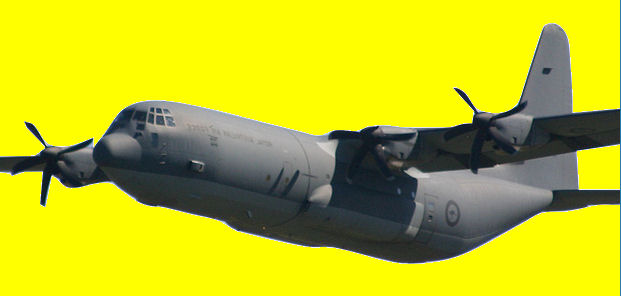
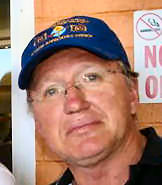
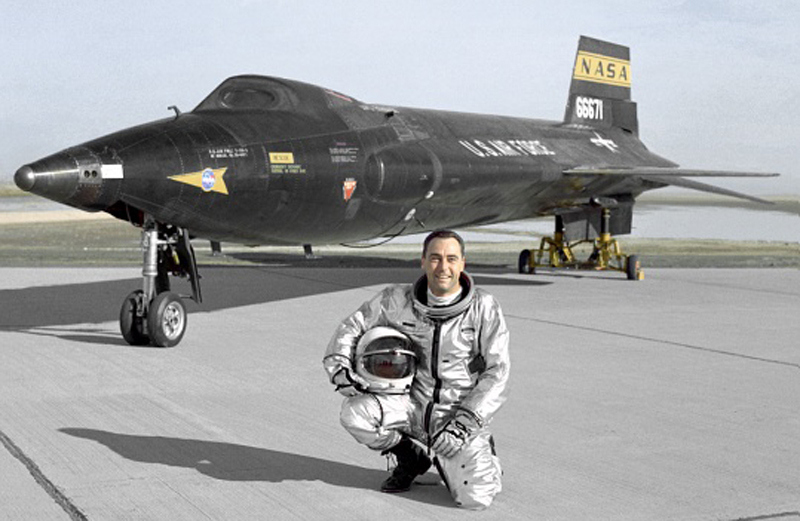
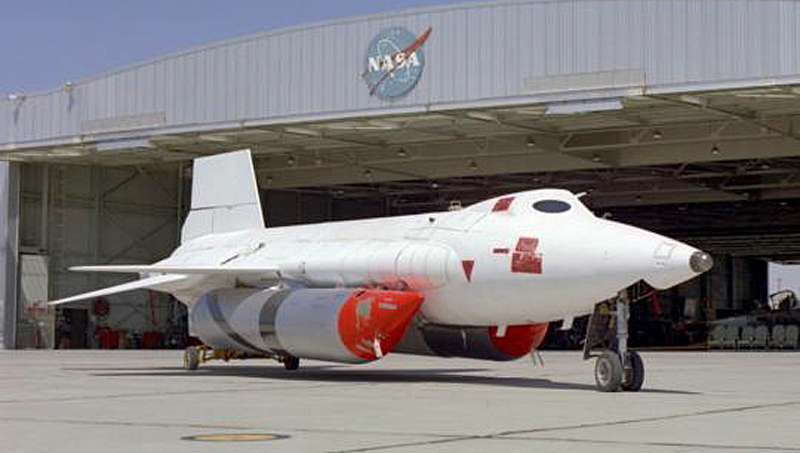
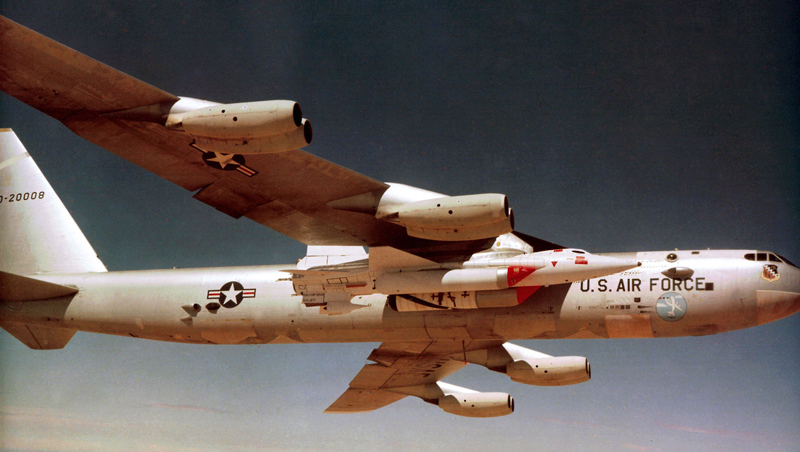
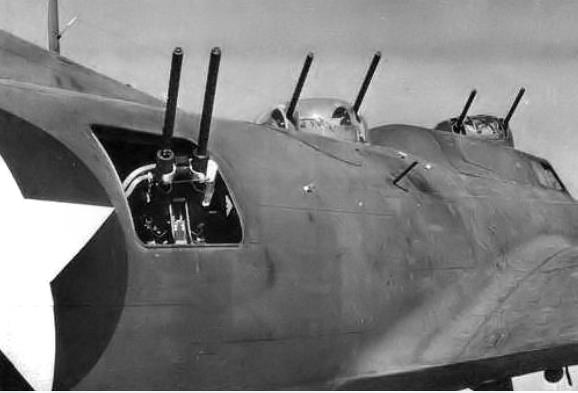
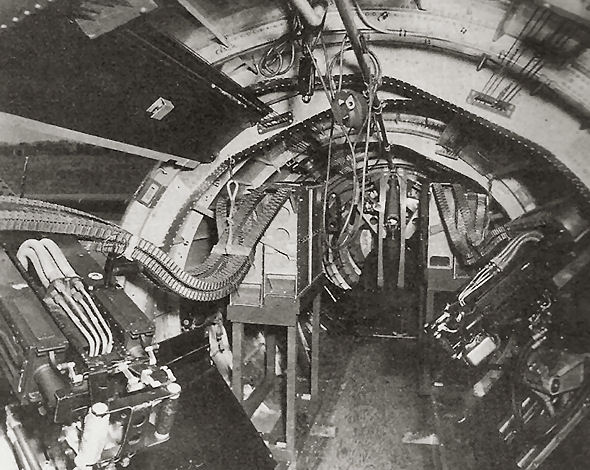
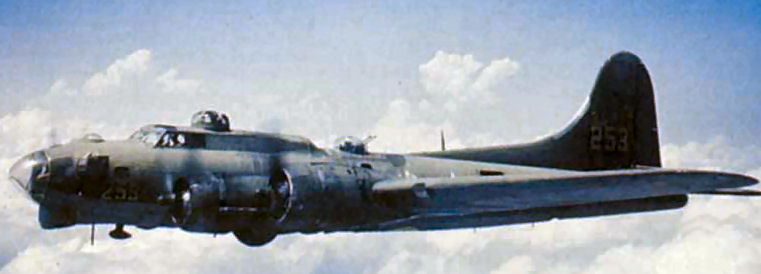
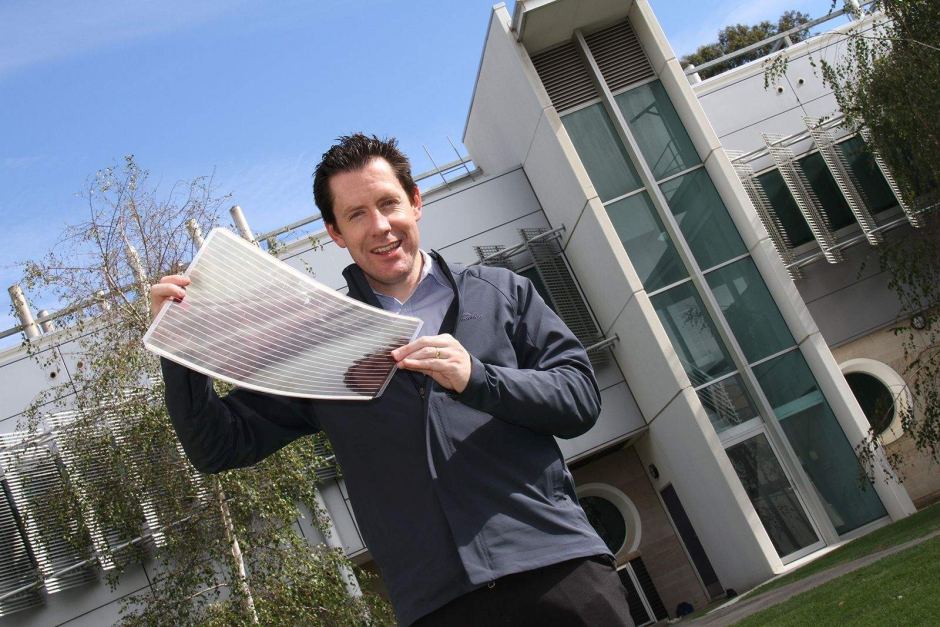
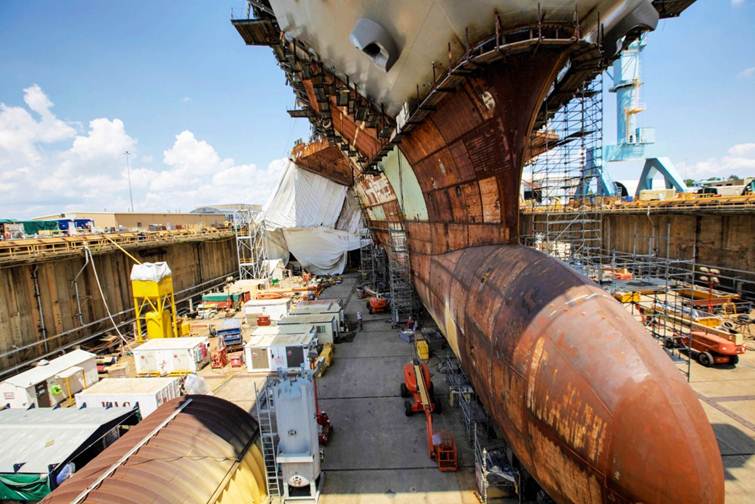
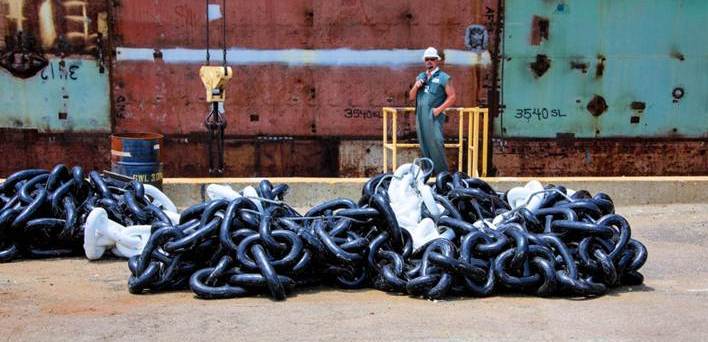
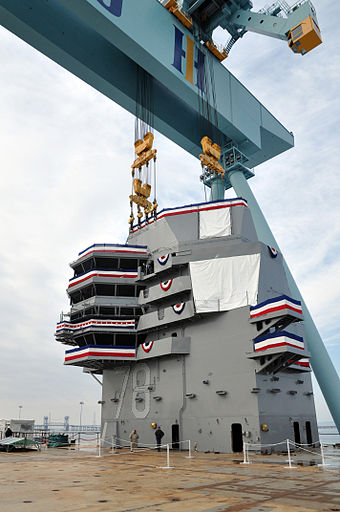 the first of a
class of carriers that offer significant performance improvements over
the previous
the first of a
class of carriers that offer significant performance improvements over
the previous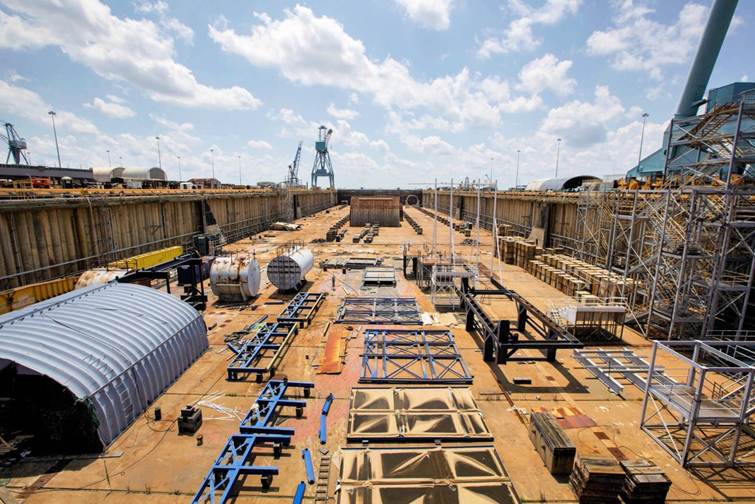
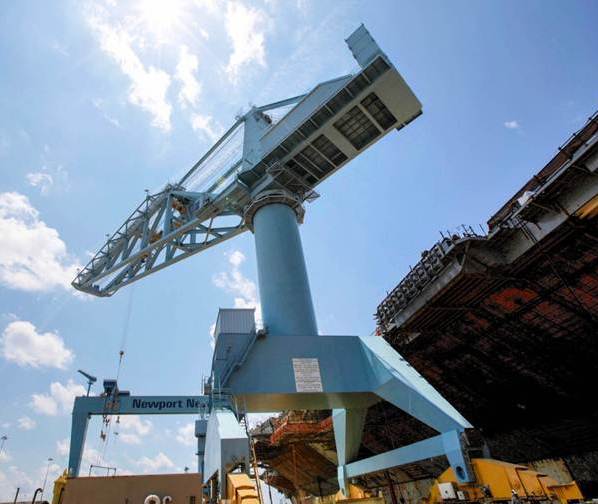 performed at a
fraction of their requirements for shipboard configurations and even
less of required standards. Radar and weapons elevator test data was not
made available, but it is believed were also below expectations. The US
Navy maintains that further testing will resolve the problems.
performed at a
fraction of their requirements for shipboard configurations and even
less of required standards. Radar and weapons elevator test data was not
made available, but it is believed were also below expectations. The US
Navy maintains that further testing will resolve the problems.
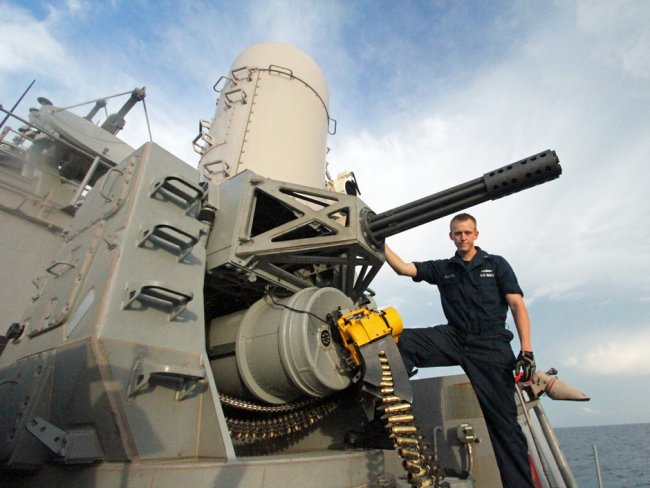 f course a carrier's effectiveness isn't
judged by its plumbing, but by its ability to defend itself and to
deliver lethal military force. It will carry SeaSparrow Missiles which
fly at 4 times the speed of sound, turn on a dime and can intercept
anti-ship missiles more than 30 miles out. It will also have the
radar-guided, rotating 20 mm Gatling Gun called the Phalanx CIWS
(Sea-Wiz). This gun, which is an
f course a carrier's effectiveness isn't
judged by its plumbing, but by its ability to defend itself and to
deliver lethal military force. It will carry SeaSparrow Missiles which
fly at 4 times the speed of sound, turn on a dime and can intercept
anti-ship missiles more than 30 miles out. It will also have the
radar-guided, rotating 20 mm Gatling Gun called the Phalanx CIWS
(Sea-Wiz). This gun, which is an 